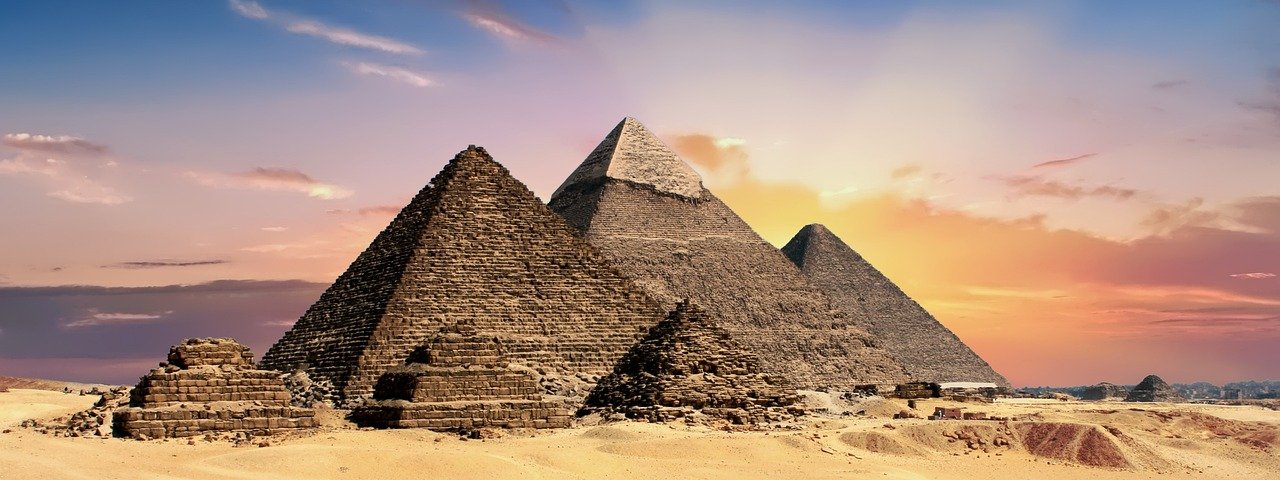The pyramids of Giza stand as enduring testaments to human ingenuity and ambition. These colossal structures, defying time and imagination, have captivated the world for millennia. But their story goes beyond their imposing presence. Understanding the history and purpose of pyramids offers a fascinating glimpse into ancient civilizations, their beliefs, and their remarkable engineering feats.
A Global Phenomenon: Pyramids Across the World
While the pyramids of Giza are undoubtedly the most famous, they are not alone. Pyramid-shaped structures have been discovered across the globe, each with its unique cultural context and historical significance. Here’s a brief exploration of some prominent examples:
- Egypt: The Egyptian pyramids are the most well-known and arguably the most studied. These monumental tombs were constructed for pharaohs, serving as a testament to their power and divinity. The Giza Necropolis, featuring the Great Pyramid of Giza, the Pyramid of Khafre, and the Pyramid of Menkaure, is a UNESCO World Heritage Site and a marvel of ancient engineering.
- Mesoamerica: Central and South America boast several impressive pyramids built by civilizations like the Maya and the Aztecs. These structures served various purposes, including functioning as temples, observatories, and burial sites. Notable examples include the Temple of Kukulkan at Chichen Itza and the Pyramid of the Sun at Teotihuacan.
- Sudan: Sudan, bordering Egypt, is home to numerous pyramids, particularly in the Meroitic kingdom. These pyramids, smaller than their Egyptian counterparts, were also built as royal tombs but showcased distinct architectural styles.
- China: China has its own pyramid complex, the Xi’an Mausoleum, located near the city of Xi’an. While not as pointed as the Egyptian pyramids, these earthen structures serve as the burial mounds for emperors of the Qin Dynasty.
Beyond the Tomb: Unveiling the Purpose of Pyramids
The primary purpose of Egyptian pyramids is widely accepted to be as royal tombs. These structures were meticulously designed to house the bodies and funerary goods of pharaohs, ensuring their preservation for the afterlife. Egyptians believed in a complex concept of the soul, where the physical body needed to be preserved for the ka (life force) to continue its journey in the next world.
However, the purpose of pyramids in other cultures remains a subject of exploration and debate. Mesoamerican pyramids likely served multiple functions, acting as temples for worshipping deities, burial sites for elites, and even astronomical observatories aligned with celestial bodies. The purpose of pyramids in Sudan and China also likely encompassed a combination of royal burials and religious significance.
Engineering Marvels: Unveiling the Secrets of Construction
The sheer scale and precision of the pyramids remain a source of wonder. Building these massive structures without modern technology is a testament to the ingenuity and organizational skills of these ancient civilizations. Here are some ongoing theories about how pyramids might have been constructed:
- Ramp System: The most widely accepted theory suggests the Egyptians built ramps around the pyramid core, gradually increasing the height as they added stones. Workers likely used levers and rollers to move massive stones into place.
- Water Channels: Some scholars propose the use of water channels to transport and maneuver heavy stones. This theory remains debated due to the lack of conclusive evidence.
- Inclined Planes: Another possibility involves the use of inclined planes made of earth or wood to pull stones up the pyramid’s sides.
The Enduring Legacy of Pyramids
The pyramids stand as a powerful symbol of human ambition, engineering prowess, and cultural beliefs. Their legacy can be explored through various aspects:
- Historical Significance: They provide valuable insights into the social, religious, and political structures of the civilizations that built them. Studying these structures helps us understand the lives, beliefs, and technological advancements of these ancient societies.
- Architectural Marvels: The pyramids showcase remarkable engineering feats, particularly considering the limited tools and technology available at the time. Their longevity is a testament to the quality of construction and the builders’ understanding of geometry and physics.
- Enduring Mystery: Despite extensive research, some aspects of the pyramids remain shrouded in mystery. The exact methods of construction, the complete symbolism behind their design, and the full extent of their cultural significance continue to spark debate and inspire exploration.
A Look to the Future: Ongoing Research and Preservation
The study of pyramids is an ongoing endeavor. New technologies and research methods continue to shed light on their construction techniques, purpose, and the lives of the people who built them. Here’s a glimpse into what the future holds:
- Advanced Imaging Techniques: Utilizing technologies like ground-penetrating radar and 3D scanning can reveal hidden chambers and structural details within the pyramids.
- Archaeological Discoveries: Unearthing new artifacts and inscriptions around pyramid sites



